
According to the researchers, their study is the first to assess the impact of oral targeted therapies among a large number of adolescents and young adults (AYA) patients with chronic lymphocytic leukemia (CLL).
Jaime is a freelance writer for The American Journal of Managed Care® (AJMC®), where she previously worked as an assistant editor.
She has a BA in print journalism from Penn State University. You can connect with Jaime on LinkedIn.

According to the researchers, their study is the first to assess the impact of oral targeted therapies among a large number of adolescents and young adults (AYA) patients with chronic lymphocytic leukemia (CLL).

Strategies for improving outcomes across hematologic cancers and solid tumors range from addressing cytokine release syndrome and neurotoxicity mediators, immune rejection, on-target off-tumor toxicity, post-infusion control limitation, and immunosuppressive tumor microenvironment.
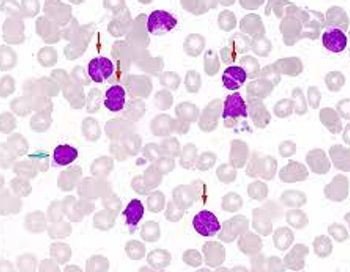
Through matching-adjusted indirect comparison, the authors of the abstract compared the use of umbralisib with other PI3Kis in this setting and found that the treatment yielded the lowest discontinuation rates due to adverse events (AEs), had a lower AE management cost burden, and achieved better duration of responses.

The literature review included 25 studies related to diagnostic impact of liquid biopsies versus tissue biopsies and 3 studies that assessed the economic impacts of the 2 biopsies.

For patients with acute and chronic graft-vs-host disease (GVHD), systemic treatment with steroids is the standard of care, and although steroid-related complications are common, the associated health care resource utilization and costs are not well documented.

In a recent review, researchers compiled possible reactions and toxicities that span 6 categories.
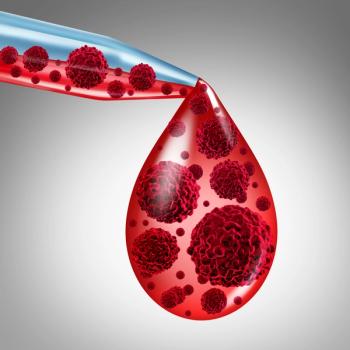
The current treatment landscape of polycycthemia vera (PV) hinges on treatments like hydroxyurea and ruxolitinib, the latter having emerged as an effective second-line therapy in patients with severe pruritis, symptomatic splenomegaly, or post-PV myelofibrosis symptoms.

The study findings show that atopic dermatitis is associated with internalizing and externalizing problems, with younger children experiencing emotional problems and adolescents with other atopic diseases having relationship problems.
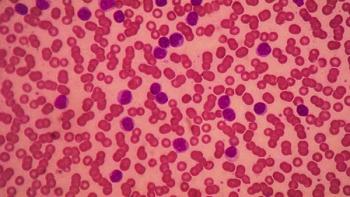
According to the researchers, attempting to target the tumor microenvironment leads the way to an array of potential targetable pathways in the disease, including through the use of combination therapy.

Adalimumab was the most commonly used tumor necrosis factor-alpha inhibitor (TNFi), accounting for 47% of 90,000 incidences of TNFi use. Rituximab was the most commonly used non-TNFi, for 44% of 70,000 incidences of non-TNFi use.
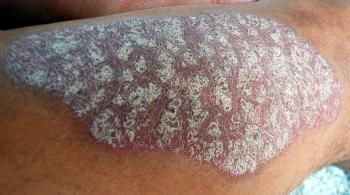
The long-term findings come from a subgroup analysis of 120 patients in Japan taking part in an extension of the 3-part, double-blind, randomized, controlled reSURFACE 1 trial.

The findings come from the group’s review of over 30 years’ worth of research of the presence of autoimmune cytopenias and autoimmune diseases in lymphoid and myeloid neoplasms.

The researchers focused on immunotherapy combinations, which they say may hold promise in the treatment of late-stage or recurrent endometrial cancer (EC).

These national and regional barriers, which range from cost of screening to patient education, have hindered the widespread use of screening, say the researchers.

Based on their analysis, the researchers compiled a recommended number of genes to include in panels for 14 cancer types.

The researchers credit wider availability of molecular testing and better understanding of the diseases for the emerging targeted therapies in development.

The review comes amid growing attention directed at identifying treatments that can prevent progression of polycythemia vera (PV) to myelofibrosis or an aggressive form of acute myeloid leukemia.

The in vitro study of melanoma cells analyzed the molecular mechanisms of the pair of proteasome inhibitors, finding that they reduced B16-F1 tumor growth.

According to the researchers, the study is the first to describe a relationship between these factors and the development of atopic dermatitis (AD) in infants using multiomics.

Children who were born to women with a history of asthma had a 45% increased risk of being diagnosed with atopic dermatitis/eczema up to age 8 years.
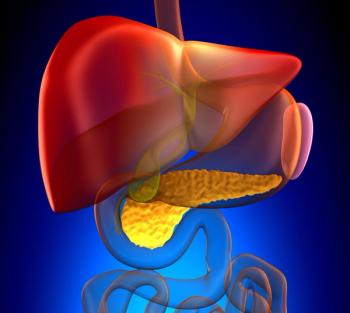
A recent review took a look at the promise of measuring circulating tumor DNA (ctDNA) with digital-droplet PCR (ddPCR) in pancreatic ductal adenocarcinoma (PDAC) as the landscape of this cancer continues to shift toward personalized, precision treatment.

Patients who cut their calorie intake by at least 10% and exercised modestly were 70% less likely to have remaining leukemic cells in their bone marrow 1 month after starting chemotherapy, according to results of an early study.
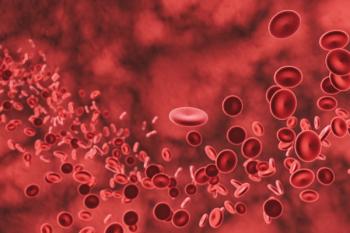
The study also indicated that the type of transplantation donor impacted outcomes following the procedure.

Potential biomarkers include tumor mutational burden, microsatellite instability, and circulating tumor DNA.

According to authors, magnetic resonance imaging (MRI) should be used when incomplete signs of the rare complication are presented to help guide the skin biopsy.

Reversible Bruton tyrosine kinase (BTK) inhibitors may play a key role in treatment when it comes to addressing resistance stemming mutations in the active site (Cys481) that emerge from treatment with irreversible BTK inhibitors.

Study findings indicate that droplet digital polymerase chain reaction (ddPCR) may be more accurate than real-time quantitative PCR in measuring minimal residual disease (MRD) among pediatric patients with acute lymphoblastic leukemia (ALL), particularly in late follow-up time points.

According to a recent review, data suggest mast cells have an important role in tissue homeostasis and wound healing, with mass cell dysregulation potentially leading to fibrotic disease.

As more therapies continue to be approved, efforts will focus on toxicity prevention and mitigation strategies for associated unique and potentially life-threatening adverse reactions.

When overexpressed in the mice, LRRN4CL led to a higher risk of melanoma spreading to the lungs and correlated with decreased survival.

259 Prospect Plains Rd, Bldg H
Cranbury, NJ 08512
© 2025 MJH Life Sciences®
All rights reserved.
